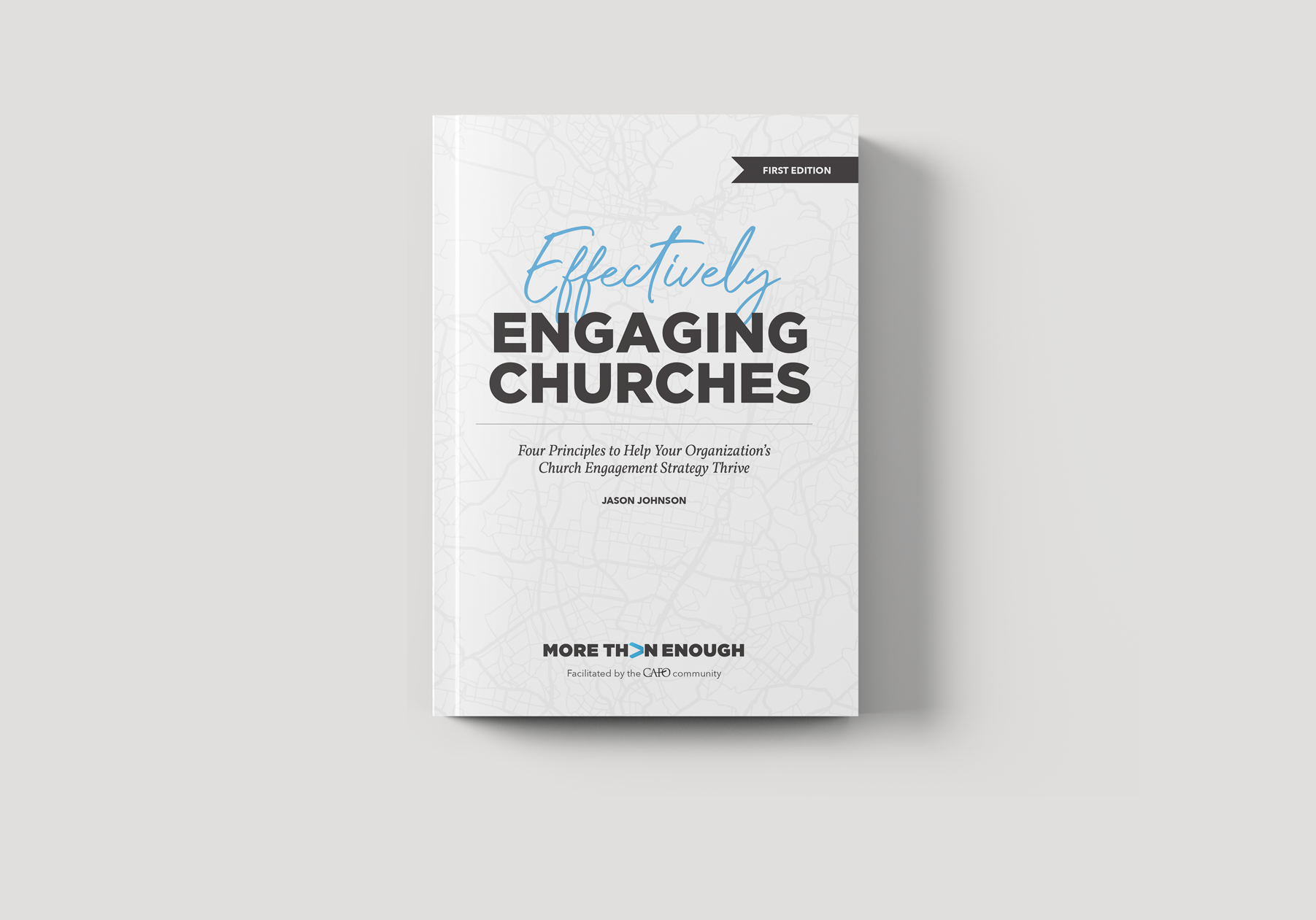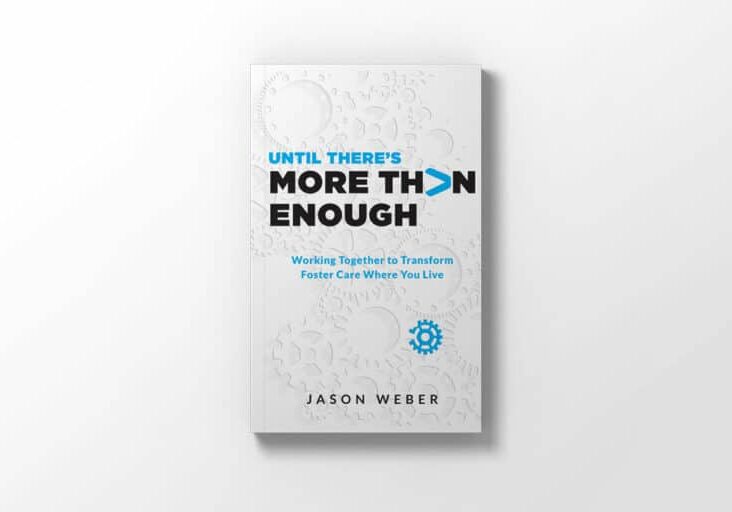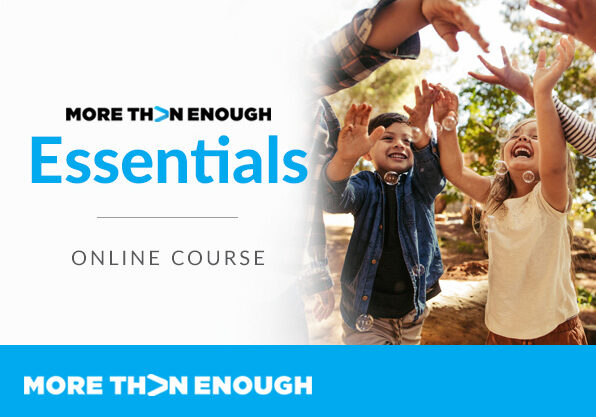Your organization is doing crucial work for children and families in your community.
But navigating the foster care system, coordinating your efforts, and expanding your work to meet these needs takes people, time and funding—resources that already feel stretched thin. You can help your community move from not enough to more than enough. Let us help you get there.
Let's dive in.
We can help answer three questions you’re probably asking at your organization.
We know we need to mobilize our communities to address the unique challenges and opportunities facing foster care where we live. But we also know we serve families and children best when we learn from each other and what has worked in other places.
This isn't a cookie-cutter problem and solution, but we also don't need to start from scratch.
Drawing on tools and practices that are serving children and families well across the US, we’ve created resources to help you multiply your impact and meet the specific needs within your community.
From communications and foster care data tools to church engagement and fundraising coaching, we’re here to help you grow your work and do more together.
Get started with these resources:
Explore the people, ideas, and tools in foster care that will help your community work together to fill the biggest gaps in caring for children and families.
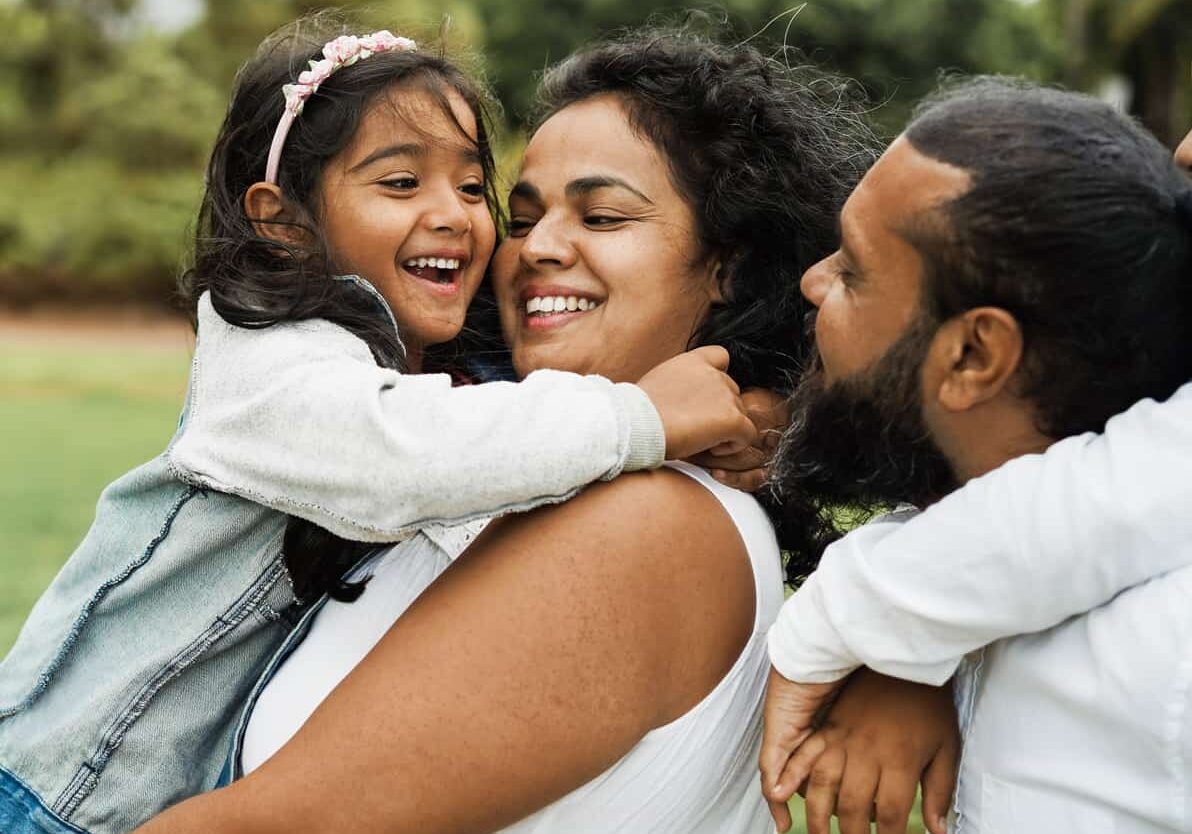
Grow your work through free fundraising teaching and coaching grounded in a theology of God’s abundance.
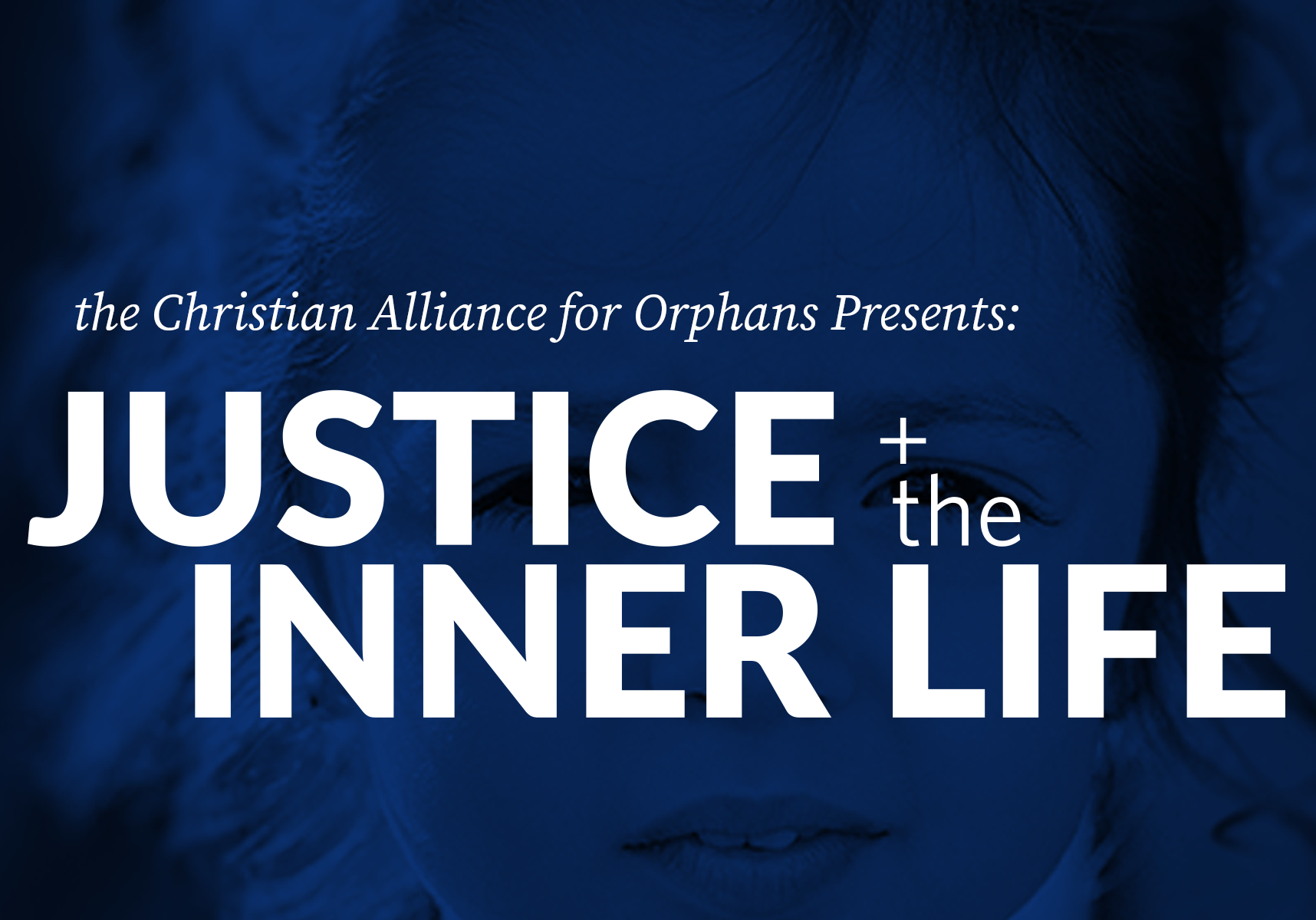
Discover the habits and disciplines of a spiritual life that keep us steadfast and vibrant in the long, hard work of justice and mercy.
You know that getting to more than enough is going to require churches in your community to be engaged like never before. But you’re struggling to get the ear of a busy pastor, navigate through the complicated structures of various church ministry departments, or are just having a hard time helping churches see how you can help them make a bigger impact for children and families.
We get it.
Based on our work with organizations and churches all around the country, we think there’s a foundational idea that makes all the difference:
The goal isn’t to get from churches. Rather, the goal is to be for churches in your community, serving them as they seek to love their neighbors.
We have tools to help you learn the key principles of how to engage churches. But more than that, we have resources you can equip churches with that will help them grow in caring for children and families in foster care.
Get started with these resources:
Discover principles that will help you engage church partnerships more efficiently and equip their ministries more effectively.
Access resources to help churches live out their calling to care for vulnerable children and families while growing closer to Jesus.
Share a limited-series podcast designed to help grow a church’s foster care ministry—no matter where they are on the journey.
Foster care in your community can feel like a puzzle. But more than enough for children and families before, during, and beyond foster care is possible.
Local networks of churches, organizations, and advocates working and growing together can assemble the foster care puzzle, filling the biggest gaps in caring for children and families.
But like assembling any puzzle, you’ll run into some questions along the way.
Where’s the box top—do we know what this will look like when it’s complete? Do we have all the pieces, or are we missing some? How do we put the pieces together?
You don’t have to figure it out on your own.
Drawing on principles and tools used by leaders like you across the US—both within foster care and in other sectors—we’ve created resources to equip you with the box top, help you get the pieces in place where you live, and equip your community to put the pieces together.
Visit the Next Steps for My Community page to find out how, or start exploring these resources:
Explore a set of principles and practices that will help advocates, churches, and organizations in your community work together to transform foster care.
Find the data you need to understand foster care where you live and mobilize others on the path to more than enough.
Join a one-week online course designed to help you and other foster care leaders fill the biggest gaps in caring for children and families where you live.


